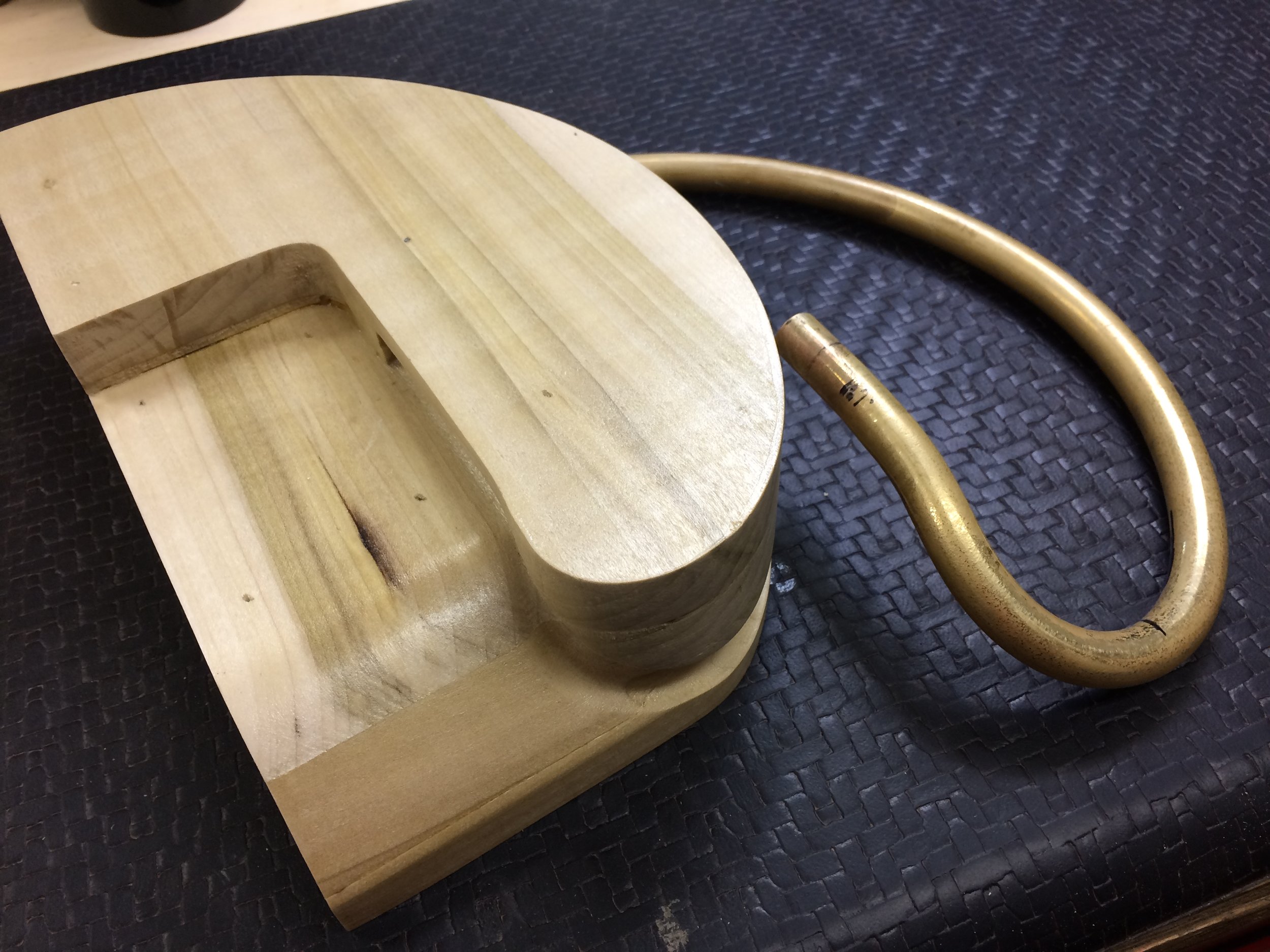2017 in Review, and a Look Ahead to 2018.
2017 was a massive year here. I met and worked for some really amazing people and was again shown how wonderful and diverse a community we have. As a horn maker, my driving philosophy has always been to make horn playing more pleasurable and easier; 2017 provided some opportunities to not only advance that goal, but to make my work a little easier too!
The first major change was that I “retired” from all of my regular playing commitments. It was a tough decision, on both a personal and professional level. I love playing horn, and considered it a way of keeping myself informed as to how my horns were playing in a professional setting. However, the time commitment required to do it, especially considering the 3 hour round trip every service hurt my ability to stay focused on my clients and keep a regular delivery schedule. The horns have become so consistent in their playing, testing every horn myself in a professional gig ended up being unnecessary. As a direct result of this decision, I was able to complete three more horns this year over last. I intend to rely on my network of high level players to evaluate design decisions until such a time as I feel the need to return to playing either because I miss it too much, or I am needed to develop my designs further.
From a numbers perspective, 2017 was a very good year; nine horns were completed. A very special horn was completed in August, representing the fiftieth (50) double horn of my career. I had hoped that this would be the first twelve horn year, but as I’ll get to, there were some developments that were just too tempting to pass up. I have had twelve horns per year as a target goal for a few years, but I am considering revising that down to 10 as I move ahead. As I complete more development projects and research new ideas, I am opening up whole new avenues to explore. I don’t see myself running out of things to try or new heights to reach for. As such, I think the smartest thing to do is just embrace it and revise my time estimates accordingly.
Horn-wise, 2017 represents the year of the most significant advances in the technical side of the horn building process. For the last decade, I have been singularly focused on the playing characteristics (as well I should be) but had created a pretty clunky system of production. I relied primarily on long form versions of procedures and spent a lot of time hand fitting and tweaking parts. In February, I bought my first CNC machine (a hilarious and cheap piece of crap) to test a theory that I could create 3D bending jigs that had a full groove to support 100% of the bending cross section. I hypothesized that jigs like these would eliminate any ripples or twisting in the tube and not only produce parts faster, but would preserve more of the grain structure in the part. I was successful in creating the first 3D jigs for some parts in the summer and was shocked at how much better the parts were off the new jigs. In August, I built a serious, beefy, CNC machine to produce high quality and accurate jigs.
Jeremy helps with the torsion box table.
Finally fully wired and ready to go!
Inaugural jig cut. Very scary, but it worked.
The time investment into these jigs turned out to be very high. I learned 3D CAD software over a six month period of intense studying and am still learning the nuances as I go. Each part needs its own strategy for modelling, and each jig needs multiple iterations to account and compensate for springback in the bent part. The increase in production speed when the jig is perfect is monumental though. Additionally, I am able to more accurately control the temper in the final part which has added a great deal clarity of sound and purity of articulation to the horns.
A 2017 jig next to a 2015 jig. I think I can call this an improvement.
Lower F branch bend. This was the one I was most curious about. Worked amazingly well.
As was the case in 2016, this year was also focused on the final few entries on my “hit list” (the list of things that I don’t 100% love and need to spend attention on). I finally got tired of using the valve slide crooks provided by the valve maker and set about creating the tools and fixtures to make them in house. The crooks that were provided were not always round and had an average bore size of .470-.474. This created a mismatch with my .468 slide tube which I ignored for many years, believing that my obsession was better channeled into solving other problems. Having solved them, I turned finally to these crooks and am now making very nice parts which not only match the bore of the rest of the horn, have a much more pleasing geometry.
New crooks (right) have a more reasonable corner than the ones provided by the valve maker (left).
Some carnage was involved in developing the half tone crooks...
This completes the set of bore sized parts and means that other than the bell, every tubular part is produced right here, from the same batch of brass, at the same temper, with the same process. It means that every part has been thought up, designed, tested, and produced right here. I’ll keep thinking and innovating to be sure, but very few solo makers have ever gotten this far and I feel very fortunate to be among their numbers.
2018 is my ten year “horniversary” and promises to be another epic year in the shop. I have begun a process to systematically redesign the horn from the ground up and add all the advancements over the last decade into one final master design. This should end the cycle of incrementalism that I’ve embraced for the last ten years and allow me to focus my creative energy on other designs. The process will take about six months and will hopefully be finished by the IHS in the summer, which I plan to attend. While the redesign will initially slow things down, it should accelerate things as I complete each part. I also plan to test my first bell spinning experiments by the end of the year and make a decision about whether or not to pursue it further.
CAD is done for all 8 bell designs. Will do a few proof of concepts before continuing...
2017 was so gratifying. I remain humbled and bewildered at the generosity and patience from the horn community that has given me the space and time to make it this far. I am focused on returning that trust and support in the form of even better horns so that we can all elevate the experience of being horn players. Thank you all so much for everything and I look forward to seeing what we can accomplish in the year(s) ahead!
-Jacob
December 21, 2017











